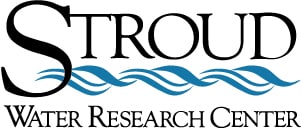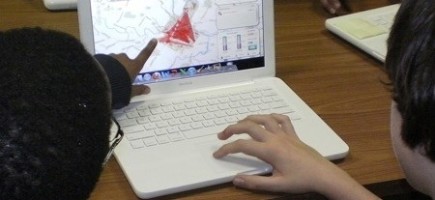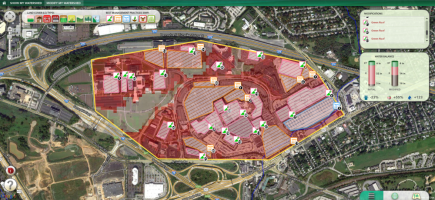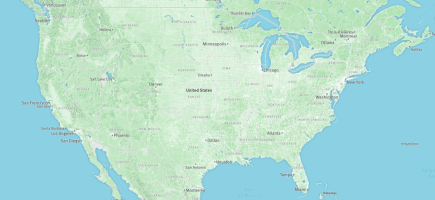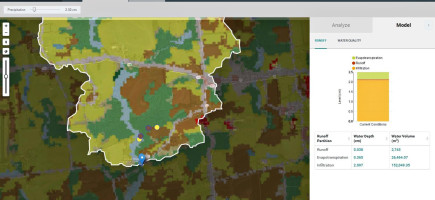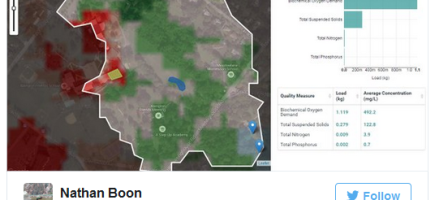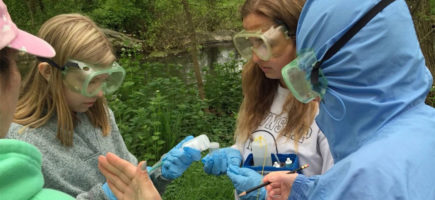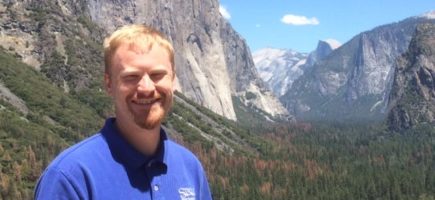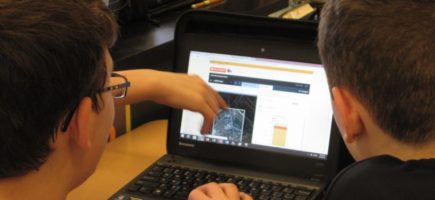WikiWatershed’s Model My Watershed web app is featured in the 2018 STEM for All Video Showcase funded by the National Science Foundation (NSF). The showcase highlights innovation in science, technology, engineering, and math (STEM) education.
During the weeklong event, everyone is invited to view the short videos, discuss them with the presenters online, and vote for their favorites.
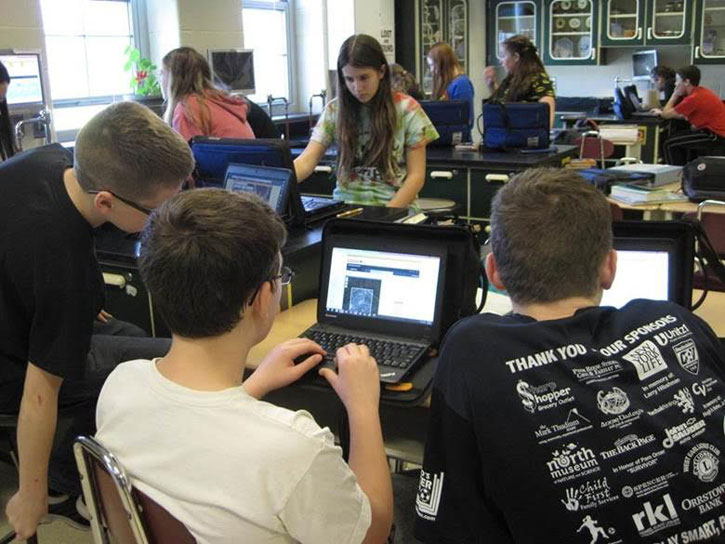
Model My Watershed shows students how land-use changes alter water quality and the flow of water through their watersheds.
The “Watershed Modeling and Schoolyard Investigations” video presentation which highlights the Teaching Environmental Sustainability – Model My Watershed (TES-MMW) project. The overall goal of the project is to develop an interdisciplinary, place-based, problem-based, hands-on set of resources, models, and tools aligned to the Next Generation Science Standards to promote watershed stewardship, geospatial literacy, and systems thinking.
The project includes Model My Watershed (MMW), a watershed-modeling web app that enables citizens, conservation practitioners, municipal decision-makers, educators, and students to:
- Analyze real land use and soil data in their neighborhoods and watersheds
- Model stormwater runoff and water-quality impacts using professional-grade models
- Compare how different conservation or development scenarios could modify runoff and water quality.
The related Runoff Simulation allows users to learn how land use and soil together determine whether rainfall infiltrates into the soil, runs off into streams, or is evaporated and transpired by plants. Teachers and students also use the Sensor Tag which connects to both Android and Apple mobile devices to investigate environmental conditions in their schoolyard.
The project includes a five-activity watershed curriculum and supplemental instructional resources, and also provided professional development for teachers in California, Colorado, Iowa, Kansas, Massachusetts, Missouri, Pennsylvania, and Virginia. Curricula and resources are available and customizable for the entire lower 48 U.S. states.
The TES-MMW project is a collaboration between Stroud Water Research Center, Millersville University and Concord Consortium and was funded by NSF Awards #1418133, 1417527, and 1417722.
